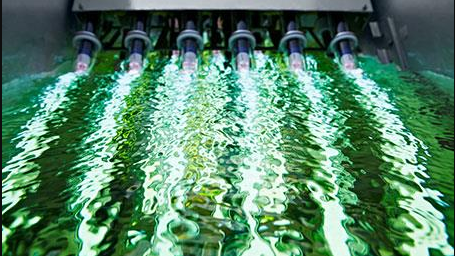Wastewater management and recycling is a crucial topic where water scarcity and environmental preservation are significant concerns. Effective wastewater equipment plays a vital role in treating and reusing water, ensuring that we use this precious resource sustainably. This article explores various aspects of wastewater equipment supplies, its management, and the recycling process for reuse.
Understanding Wastewater and Its Importance
Wastewater is any water that has been contaminated by human use, including domestic, industrial, and agricultural activities. It contains a wide range of pollutants, from household waste to chemicals and pathogens. Treating this water is essential to prevent environmental degradation and protect public health.
Wastewater Treatment Equipment
The primary goal of wastewater treatment is to remove contaminants and make the water safe for reuse or release into the environment. This process involves several stages, each requiring specific equipment:
- Preliminary Treatment: This stage involves removing large solids through screens and grit chambers. It’s essential for protecting the equipment in the subsequent stages from damage and clogging.
- Primary Treatment: Here, sedimentation tanks allow solids to settle at the bottom, separating them from the liquid. This stage removes physical particles from the wastewater.
- Secondary Treatment: This stage involves biological processes where microorganisms break down organic matter. Equipment like aeration tanks and biofilters are used here.
- Tertiary Treatment: This advanced stage involves additional processes like filtration, disinfection, and nutrient removal to ensure the water is of high quality. Technologies like UV disinfection, membrane filtration, and reverse osmosis are employed.
Recycling and Reuse of Treated Wastewater
Recycling treated wastewater has immense benefits, especially in regions facing water scarcity. Reused water can serve various purposes, including:
- Agricultural Irrigation: Treated wastewater is often safe for irrigating crops, helping conserve freshwater resources.
- Industrial Use: Industries can use recycled water for cooling processes and other non-potable applications.
- Groundwater Recharge: Treated wastewater can be used to replenish groundwater aquifers, helping maintain the water table.
- Urban Uses: For non-potable purposes like toilet flushing and landscape irrigation.
Challenges and Innovations
While wastewater treatment and recycling offer many benefits, there are challenges too. These include:
- High Costs: Setting up and maintaining wastewater treatment plants requires significant investment.
- Technological Challenges: Treating certain types of contaminants, like pharmaceuticals and microplastics, is complex and requires advanced technologies.
- Public Perception: There is often a stigma associated with using recycled water, especially for personal use.
Despite these challenges, technological innovations are making wastewater treatment more efficient and cost-effective. For instance, the development of energy-efficient membrane technologies and the use of renewable energy sources are reducing operational costs.
Environmental and Social Impact
Proper wastewater management has a positive impact on the environment by reducing pollution and conserving freshwater resources. It also has social implications, such as improving public health by preventing waterborne diseases and supporting sustainable agriculture and industry.
Summing up, wastewater equipment supplies and technology play a critical role in managing and recycling water for reuse. As the world grapples with the challenges of water scarcity and environmental degradation, effective wastewater management is more important than ever. Innovations in this field are not only helping conserve water but also protecting our environment and ensuring a sustainable future. By investing in and supporting wastewater treatment and recycling, we can make a significant contribution to a more sustainable and water-secure world.

